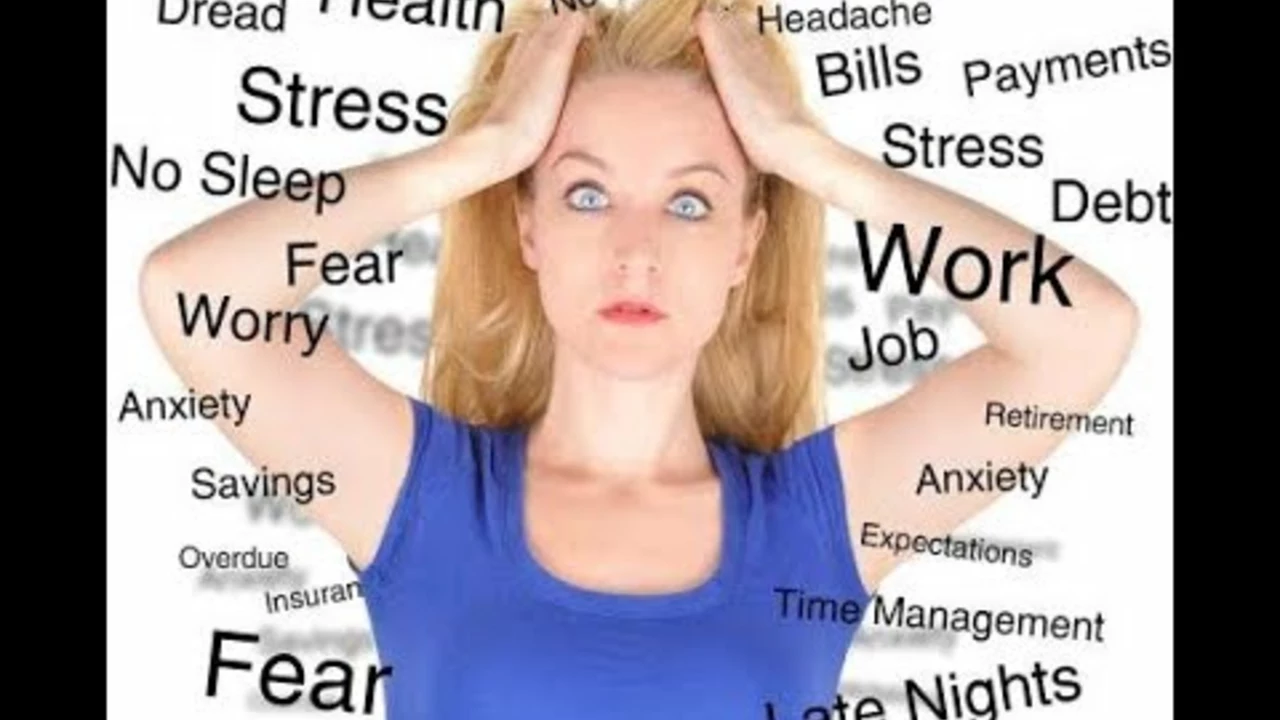High Eye Pressure — quick, clear facts you can use
High eye pressure (intraocular pressure) doesn't always hurt, but it can slowly damage your optic nerve and raise your risk of glaucoma. Many people have raised pressure with no symptoms — that’s why regular checks matter. Below you'll find clear causes, what tests look for, and practical steps to manage it.
Normal eye pressure usually sits between about 10 and 21 mmHg. If your measurement is higher, your eye doctor will consider the full picture: cornea thickness, optic nerve appearance, and visual field tests. One high reading doesn’t always mean danger; trends and damage matter more than a single number.
Common causes and red flags
High eye pressure can come from different issues. The most common are reduced drainage of fluid inside the eye and certain medications (long-term steroid use is a big one). Age, family history, eye injuries, and some eye conditions also raise pressure. Sudden severe pain, blurred vision, halos around lights, nausea or a red eye can signal an acute angle-closure attack — that’s an emergency. If you get those symptoms, seek care right away.
How it’s checked and what to expect
Tonometry measures pressure — some doctors use a puff of air, others use a quick contact probe after numbing drops. They’ll also check your optic nerve with dilation and may run visual field tests or OCT imaging. Expect the whole exam to take 15–45 minutes. Bring a list of medications and tell your doctor about steroid creams, inhalers, or nasal sprays you use.
Treatment aims to lower pressure to a safe target for your eyes. First-line therapy is usually eye drops: prostaglandin analogs (once daily), beta blockers, alpha agonists, or carbonic anhydrase inhibitors. Drops work well for many people, but they only help if you use them exactly as prescribed. If drops aren’t enough or cause side effects, options include laser (selective laser trabeculoplasty, SLT) and surgeries like trabeculectomy or MIGS procedures.
Simple daily habits can help, too. Moderate exercise lowers pressure for many people — walking or cycling is fine. Avoid heavy weightlifting and straining that spike pressure briefly. Limit high-caffeine drinks if you notice they affect your symptoms, and avoid smoking. Always check with your eye doctor before starting new supplements.
Follow-up is key. Your doctor will set a schedule based on risk: some need checks every few months, others yearly. Keep a record of your eye pressure readings and any side effects from drops so your doctor can adjust treatment fast. If you have a family history of glaucoma, mention it — doctors often watch those eyes more closely.
High eye pressure isn't automatic blindness. With the right tests, honest follow-up, and timely treatment, most people keep useful vision. If you haven’t had an eye pressure check in a while, book one — early detection makes the biggest difference.

